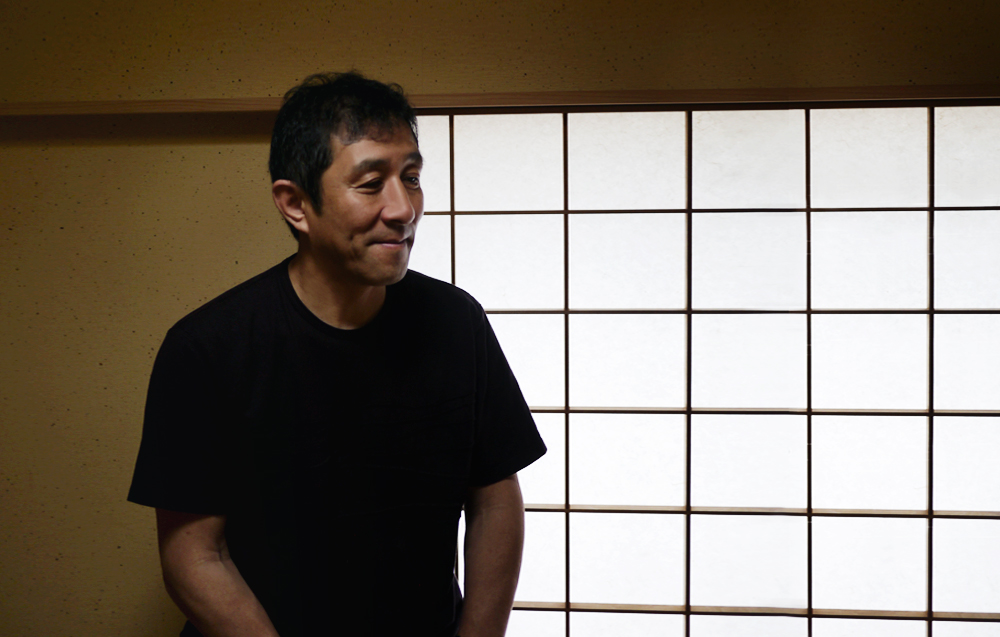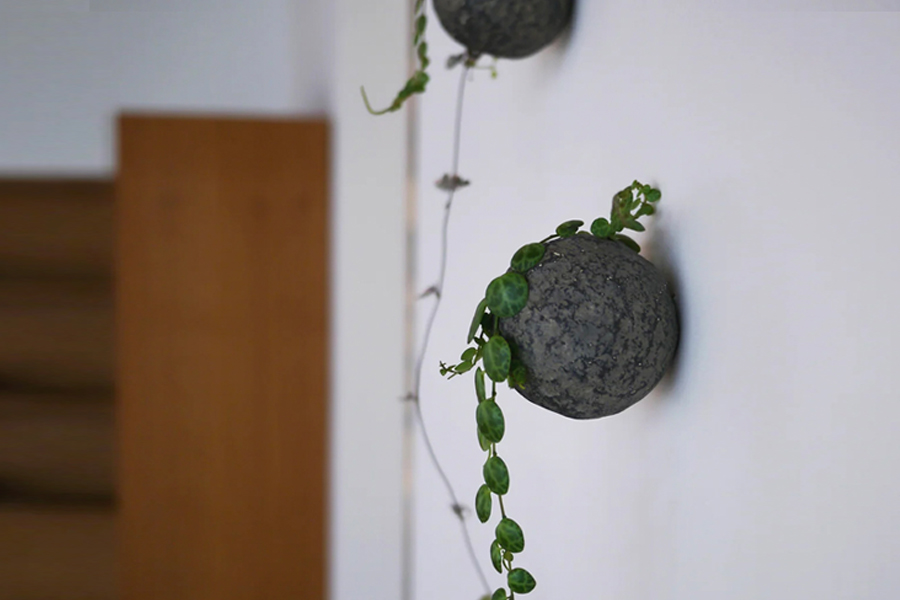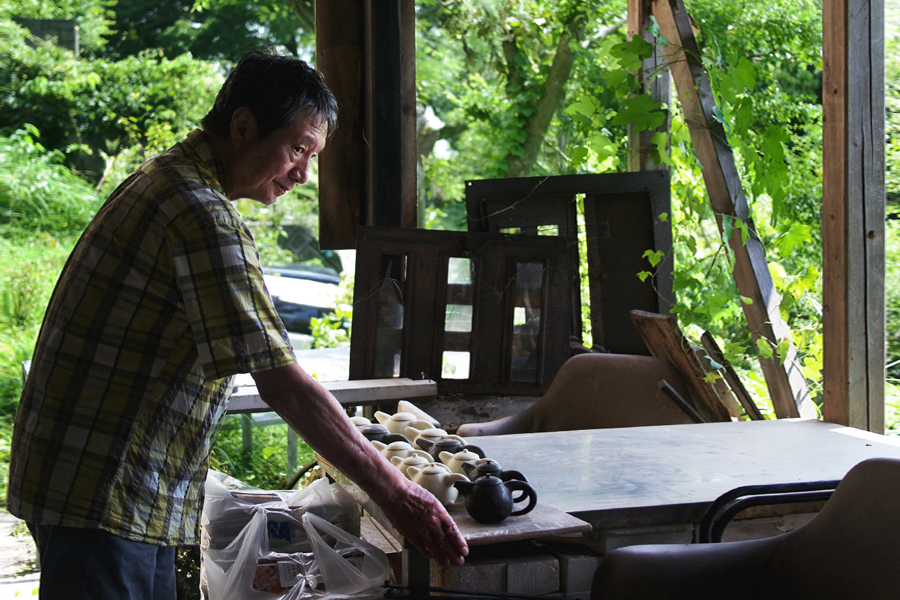Shiro and Shiro | Exhibition Statement
Makoto Koizumi was born in 1960 and grew up amidst the constant movement of Tokyo. His career in design took root from an interest in woodworking and expanded to architecture, industrial design and interior design as he continually sought to enrich each facet of human life. Now, his creations are revered in Japan for their beautiful usability, emphasis on regional connection, and above all, the genuine heart that can be felt behind the work. With the sensitivity to see the possibilities that lie beyond an established structure and define both what is missing and what is extraneous, Koizumi-san has made his mark across a spectrum of industries. His designs have been hammered into tin, carved in hinoki wood, cast in nambu iron, and woven into cotton cloth. He at once collaborates with specialized individual craftsmen and legendary manufacturers. Designing with a deep comprehension of how each small part exists to form the whole, a single chopstick rest and the framework of an entire building have equal weight in his careful hands. After establishing his own design company Koizumi Studio in 1990, he has since opened a gallery out of a converted shoe factory in East Tokyo. There, Koizumi-san continues his work, drawing from a rich pool of tradition and looking ahead for a changing world.
We are honoured to present this special guest feature written by Makoto Koizumi, on the occasion of our exhibition Shiro and Shiro.
The entry below was translated from Japanese to English.
In Japan, noncolored things were originally called 素(shiro). Over time, the lack of color, or, more specifically, color without hue became referred to as 白(shiro/white). Beyond simple definitions of colorlessness, 素(shiro) and白(shiro/white) evolved to carry their own significant nuances.
The word 白(white) is used in phrases like 潔白(innocent), 明白(obvious), or 白無垢 (all-white kimonos for wedding ceremonies), to evoke and indicate a subtext of purity. The color white (白/shiro) itself is also very important in Japanese crafts. Many artisans have followed the tradition of attempting to create whiter whites in items like paper or fabric. This importance of white extends to the Japanese national flag, where the blank white space is known to represent sacredness and purity.
On the other hand, 素(shiro) takes on its own significance. When used in phrases like 素直(honest), 質素(simplicity), or 素朴(plain), 素(shiro) embodies something/someone which is natural or unaffected, either in appearance or demeanor. This can be seen in Japanese architecture and tools where specific care is taken to show you that wood, clay, and paper are amazing materials as they naturally are. Through this definition 素(shiro) comes to represent “the state of a material being raw”. In addition, 素(shiro) is used to express the shape of tools which are full of necessary functions despite their simple forms. The Japanese have long created and understood such simple/plain tools, making 素(shiro) an essential concept in Japan, and Japanese craftsmanship.
To understand these concepts, and incorporate them into my design process, I have been immersing myself in Japanese craft sites where such distinctive Japanese philosophy was born. I emphasize who I work with over what I should make, seeking out artisans with great skill, understanding of materials and spirit. It’s important for me to find and work in environments where artisans can above all be proud of themselves.
Through Japanese craftsmanship, I have encountered artisans who embody and explore these Japanese philosophies, making great use of materials to achieve 白(shiro) and 素(shiro).
Above all, I hope through this exhibition, you can discover and appreciate 白(shiro) and 素(shiro) in products made by highly skilled Japanese artisans with materials such as wood, bamboo, enamel, ceramic, and glass.





